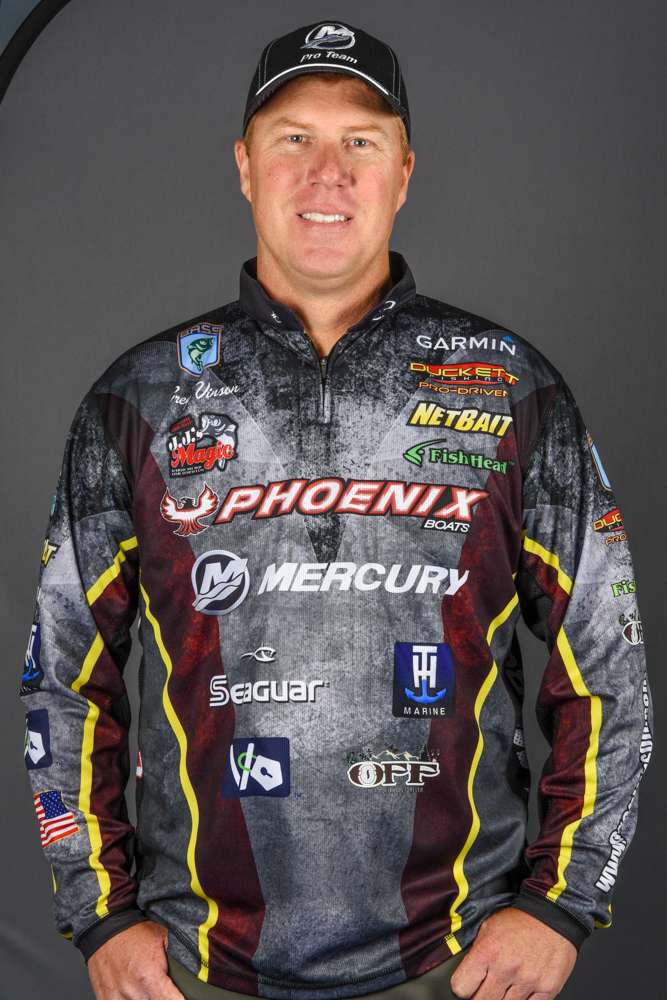This is the time of year when a lot of anglers put away their plastics in favor of other more traditional winter lures. That’s a mistake, at least in my opinion. You can still catch plenty of bass with plastics if you choose the right ones and rig them the right way.
To begin with you’ll need plastics that are soft, thin or both. Cold water affects the ability of some soft plastics to move freely. Until recently, solving that problem meant anglers had to go the hand-poured route in most cases. It was difficult to find commercial baits that fit the bill for cold water. That’s changed. I’ll give you my recommendation about that in a minute.
Once you’ve jumped that hurdle you need to start thinking about style and rigging. The first thing that comes to mind is your jig trailer.
I probably fish a jig more in cold water than I do under any other set of conditions. A lot of anglers will tell you that pork is the better option when the water chills. They point out that it’ll stay supple down to the freezing mark. I can’t argue with that, but modern, thin soft plastic trailers will give you the action you need along with a much better selection of colors.
Beyond that there’s something we’ve been doing for a while now down in my neighborhood that’s working pretty well. It’s solved a big problem for us.
Bass have a tendency to pick up a plastic lure by the tail and carry it off. Regardless of how long you wait to set the hook, it isn’t going to happen. The hook point never gets inside their mouth. All you do when you try to set the hook is pull the bait out of the fish’s mouth.
We solved that problem by rigging a small creature bait — crayfish looking — on a shaky head. The one we use is soft and thin so it meets our winter requirements. But, just as important, it’s short. The bass can’t really pick it up without getting the hook in its mouth.
The trick to being successful with this rig is to fish it slow and to change its rate of fall to suit the bass’ mood. Slow speaks for itself. Drag it along. Every so often you might want to hop it so that it looks alive. But, whatever you do give the bass plenty of time to take it.
Changing the rate of fall is another matter. I usually start out with a 3/16-ounce head. That’ll make for a slow fall. If they seem to want it a little faster, I move up to a 5/16-ounce head. At times the rate of fall is more important than anything else. Make sure you change things around if you’re not getting the bites you want.
The bait we use is a NetBait Paca Slim. It has all the attributes that I’ve previously described and it’s only 3 1/2 inches long. It’s hard to beat green pumpkin for an everyday color. My personal preference, though, is Alabama Craw.
There’s one other thing I want to make sure everyone understands: Bass eat crayfish in the winter. (I was asked about that the other day.) So, whatever bait you choose, and however you rig it, don’t neglect the crayfish concept just because the water’s getting cold. Crayfish are a staple in the diet of bass throughout most of the year. The winter is not an exception. The bass still eat, and they eat what they did when the water was warm. They can’t order from a menu.





